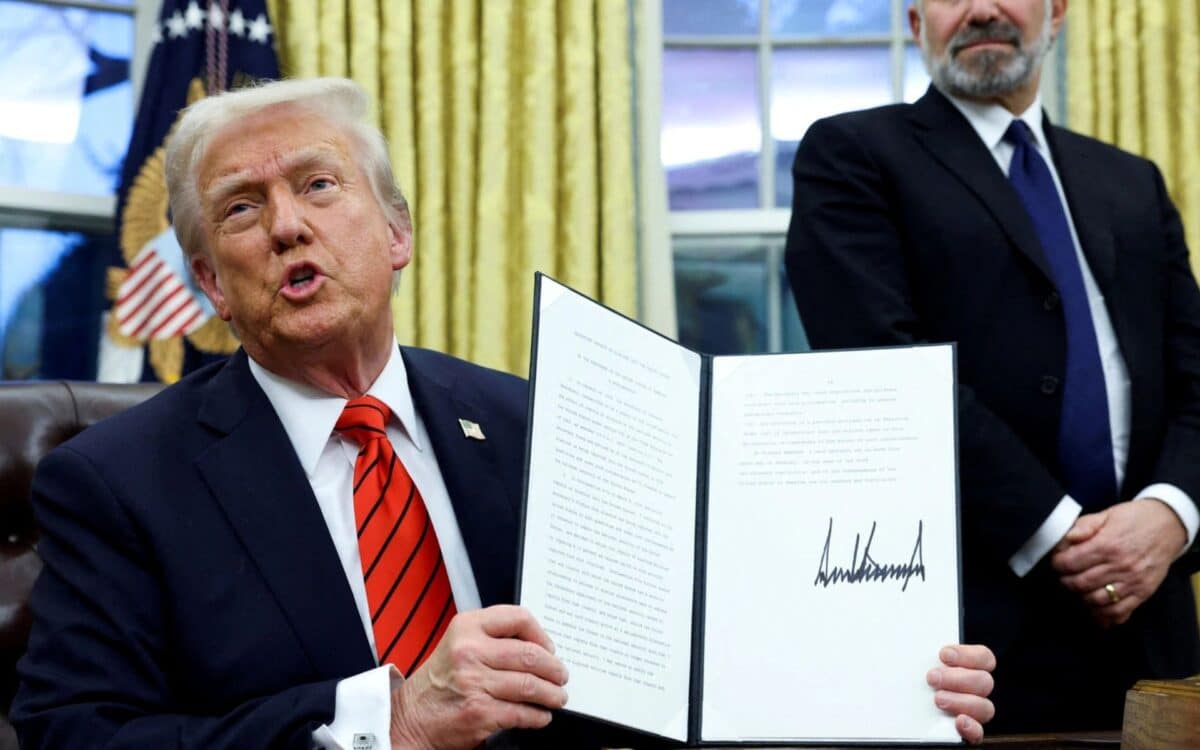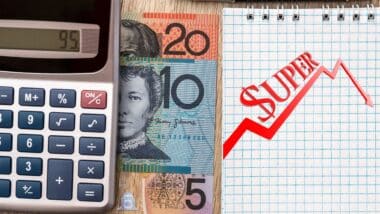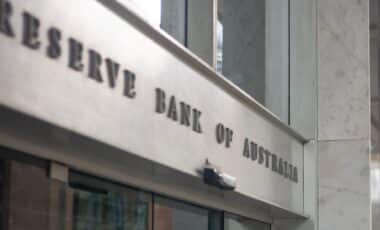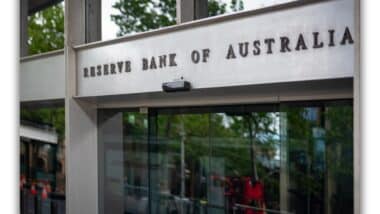US imposes minimum 10% tariffs on Australia, while other nations face levies up to 49%
Beef and pork restrictions cited as key triggers for Australia’s inclusion in tariff rollout
The Biden-Trump transition period has taken a combative turn on trade, as former President Donald Trump returned to the spotlight with a sweeping import duty policy that affects dozens of countries. Among them, Australia has been assigned a 10% levy, marking a notable shift in what was previously a more collaborative trade relationship.
While Australia’s tariff rate is among the lowest imposed under the new framework, it still signals a cooling of economic ties. The Trump administration cited “non-tariff barriers” as justification, particularly biosecurity restrictions on American beef and pork, which have long been points of contention in bilateral discussions.
Australia Included in Tariff Rollout Amid Biosecurity Disputes
The new tariff regime, set to come into effect this Saturday, applies a minimum 10% levy on Australian exports to the US, according to the Trump administration. This move comes despite Australia running a consistent trade deficit with the United States, which may have spared it from a steeper rate.
In his announcement, Donald Trump referred to Australia’s ban on American fresh beef, in place since 2003 due to concerns over mad cow disease, as a key reason behind the tariff. “They’re wonderful people and wonderful everything, but they ban American beef,” he said. “We imported $3 billion of Australian beef last year. They won’t take any of ours.”
American officials also pointed to restrictions on fresh and chilled pork, which is the third-largest US agricultural export to Australia. A senior White House representative described Australia’s sanitary and phytosanitary standards as not “based on real science”, according to The Australian Financial Review.
These issues have prompted some US agricultural lobbies to call for tariffs as high as 70% on Australian beef, although the administration ultimately settled on the baseline rate.
Broader Implications for Global Trade and Allies’ Responses
While Australia’s tariff rate is comparatively modest, the overall policy marks a major escalation in protectionist trade measures. Countries such as Malaysia and Cambodia face levies of 49%, while China, already subject to previous sanctions, now faces an additional 34% levy.
The policy has raised alarms among economists and international partners. Critics, including US Senate Majority Leader Chuck Schumer, labelled the tariffs “a huge tax on American families”, suggesting the financial burden would fall on domestic consumers rather than foreign exporters.
Australian Prime Minister Anthony Albanese responded by stating the tariffs “have no basis in logic” and are “not the act of a friend”. He confirmed Australia would not pursue retaliatory measures, opting instead to explore dispute resolution mechanisms embedded in the Australia–US Free Trade Agreement.









